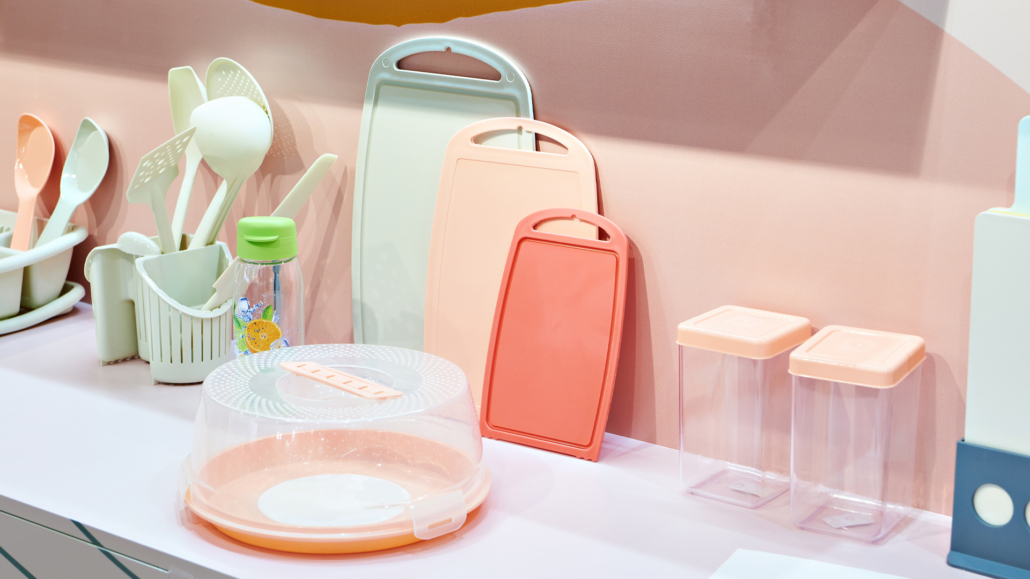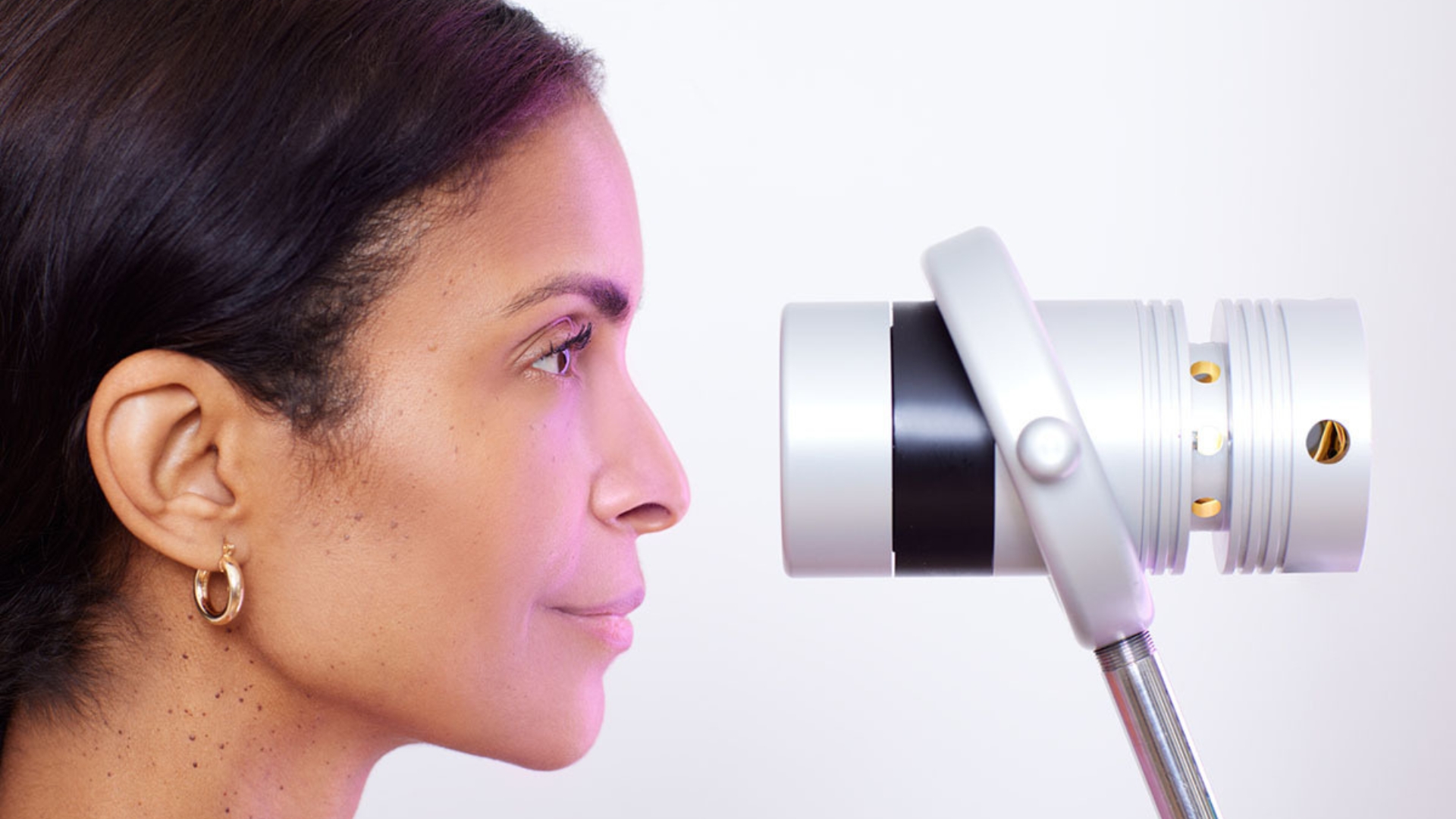The Top 5 Environmental Toxins (And How to Avoid Them)
We are exposed to environmental toxins every single day. While it’s not feasible to completely avoid all toxins, being aware of what toxins are in your environment can help you limit your exposure. In turn, you can take action to optimize wellness, ensuring you live your best and healthiest life.
Before we dive in, it’s important to note that the environmental toxins you’re regularly exposed to depend on who you are, where you live, what you’re predisposed to, and more. Similar to how medical treatment varies from person to person, your top five environmental toxins may vary. The following list simply offers some of the most common top five environmental toxins. So, let’s take a look!
What Are the Biggest Environmental Toxins?
From plastics and mold to EMFs and gluten, in many ways, our environment is becoming filled with more and more pollutants. And while we might not know the full scope of health effects quite yet from these offenders, our future health depends on our awareness and minimization of them. So, what are the top five environmental toxins? And how can you avoid or limit them?
1. Mold
While certain individuals, such as those with allergies or genetic predispositions to asthma, may be more sensitive to mold, there continues to be mounting evidence that mold has detrimental effects on human health.
The World Health Organization (WHO) has conducted studies linking early mold exposure to the development of asthma in some children. The Centers for Disease Control and Prevention (CDC) further links indoor mold exposure to upper respiratory tract symptoms, including coughing and wheezing.
The hard part is that mold reproduces via tiny spores that are often undetectable to the human eye, sneaking through open windows and flourishing on wet surfaces. This means that mold can quickly begin growing, with the homeowner or tenants none the wiser, until symptoms occur.
So, how can you prevent it? There are a few ways to do this! Ideally, if you have any leaks, these should be fixed as soon as possible to avoid mold growing on any moist surfaces. Ensuring air can flow freely throughout your home is also important to keep things dry. Lastly, keeping the humidity in your home below 50% can deter mold growth.
If you ever notice a “musty” smell in your home, this could be a sign of mold. As soon as any sign is detected, it’s important to take action and get rid of it in order to avoid ill health effects.
2. Glyphosate
You might use fertilizers, pesticides, and herbicides on your lawn and garden throughout the year. Yet, you might not necessarily think about whether or not this could impact your health negatively.
Glyphosate is a common herbicide used to control broadleaf grasses and weeds. According to WebMD, when used incorrectly, glyphosate can pose long-term health issues, including liver and kidney damage, reproductive issues, development problems, pregnancy risks, and more. It’s even thought that this herbicide could act as a carcinogen, increasing an individual’s risk of cancer. Using more natural fertilizers, pesticides, and herbicides on your lawn and garden might be a wise choice.
But it doesn’t end here.
Glyphosate is also present in some foods you might regularly consume. In particular, oats tend to be one of the more debated food sources of glyphosate. While the FDA remains adamant that the levels of glyphosate in foods consumed by the general population are safe and don’t exceed the limits set by the EPA, the uncertainty surrounding glyphosate continues with conflicting evidence.
All in all, it might just pay to avoid foods potentially containing higher levels of glyphosate, such as almonds, beets, corn, wheat flour, and some oat brands. Interestingly, gluten is actually one of the top glyphosate-laden foods, which leads us right into our third environmental toxin.
3. Gluten
When discussing toxic substances, gluten isn’t exactly the first thing that comes to mind. Yet, with more people claiming to have gluten sensitivities or finding that gluten-containing foods don’t sit well in their stomachs, there might be more here than meets the eye.
The truth is that gluten provides zero nutritional value. As a protein found in wheat, barley, rye, and more, gluten has quickly become a dietary item that many chose to eliminate by choice.
Meanwhile, others, such as those with celiac disease have various negative symptoms when they consume gluten since their bodies actually recognize it as a toxin. In this case, the body’s immune system overreacts, leading to inflammation and other less-than-desirable issues.
Many people also notice they feel better when excluding gluten from their diets, such as having more energy, improved moods, better sleep, and digestive improvements. Although many argue that wheat products are a major source of essential B vitamins, the risks may outweigh the benefits when protecting your gut, skin, and emotional health from gluten. If you’re interested, try going gluten-free for a period of time and see if you notice a difference.
4. EMFs
EMFs (electromagnetic fields) are all around us. They come from wifi, power lines, our computers, electrical appliances, and more. And just because we can’t see them, it doesn’t mean they aren’t there, silently and negatively impacting our health.
The International Agency for Research on Cancer (IARC) has further characterized EMFs as possible carcinogens. In particular, these experts theorize that the radiation produced via EMFs is associated with glioma, a type of brain cancer. Another study further linked low-level EMF use over a long period of time with an increased risk of acute myeloid leukemia (AML).
So, how can you limit your exposure? There are many ways to do that. And with environmental toxins, limiting every little bit really does count!
For limiting EMFs, make sure to avoid keeping your phone in your pocket or on your nightstand as you sleep. In fact, many experts recommend keeping your cellphone and wifi in a separate room from your bedroom. On top of this, it’s recommended to keep your distance from household appliances when in use, use earbuds or headphones for your cellphone, and take time to unplug from technology (digital detoxes are great for your health!).
5. BPA (Microplastics)
By now, most of us know we use far too much plastic. What we don’t realize is that it’s not just about the environmental impact, but also about the impact on public health.
Bisphenol A (BPA) is a chemical used to make various plastic products. It’s found in water bottles, food cans, water supply pipes, eyewear, and more. Most of us consume BPAs in what we eat and drink. Research shows an association between BPAs and child behavior, increased blood pressure, diabetes, and heart disease.
The best way to avoid this environmental toxin is by simply not purchasing BPA products. This means buying BPA-free items and opting for fresh and whole foods. Instead of using plastic, choose glassware, stainless steel, or porcelain. You should also avoid ever putting plastics under high heat, such as in the microwave or in a hot car. This can break them down, causing them to leach into your food and water.
Bonus Toxin: Negative Thoughts
Yes, negative thoughts are environmental toxins!
Negative thoughts can arise from within our environment, including the people we are exposed to, impacting our internal environment. This phenomenon is known as psychoneuroimmunology, where our psychological state impacts our immune and body function.
This goes hand-in-hand with the concept that you are the sum of the five people you spend the most time with. Look around. Are any of the people you expose yourself to regularly toxic? It might be impacting your health more than you think.

It’s About Doing Your Best, Not Being Perfect
At the end of the day, pollutants are all around us, and we can’t avoid 100% of our environmental toxins. It would drive anyone insane trying to be perfect in this regard. Instead, simply focus on doing your best and limiting the toxins present in your life.
At Innovative Medicine, we believe the mind, body, and spirit all intersect, particularly when it comes to your overall health and well-being. When it comes to optimizing your health, take a holistic approach that is unique to you individually. The same goes for how you handle environmental toxin exposure. Uncover where you can improve your external environment and your internal environment will inevitably follow.
Disclaimer: The statements made in this article have not been evaluated by the Food and Drug Administration. Any products or treatments mentioned are not intended to diagnose, treat, cure, or prevent any disease. Please consult a licensed medical practitioner for medical advice.
At Innovative Medicine, we believe in transparency. We want you to know that we may participate in affiliate advertising programs pertaining to products mentioned herein.
See how we can help you restore complete health of body, mind & spirit.
Join our mailing list and receive exclusive offers + information!







Leave a Reply
Want to join the discussion?Feel free to contribute!